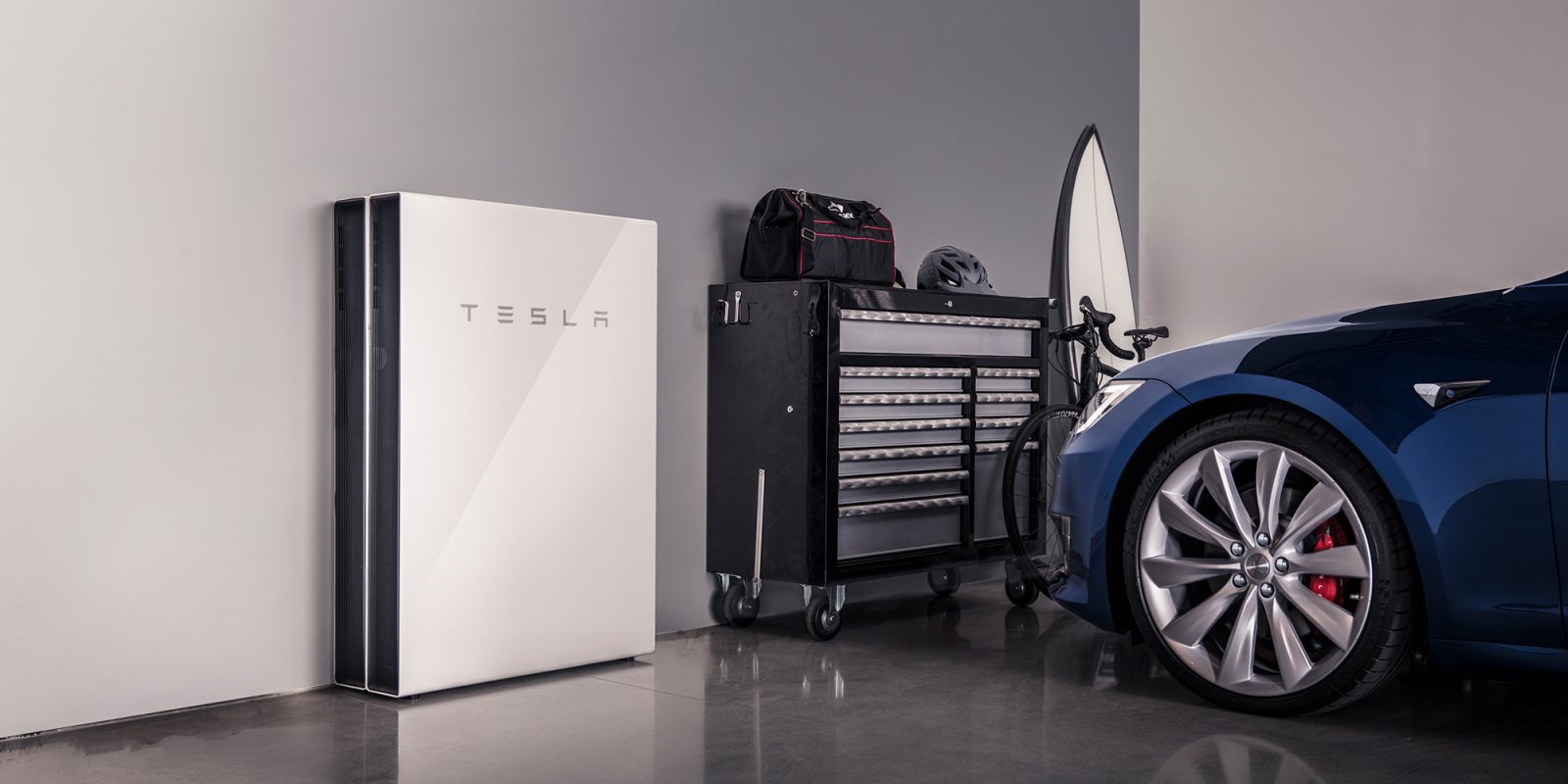
Tesla’s virtual power plant in California had its first emergency response event helping the grid by pooling power from Powerwall owners around the state. The event appears to have been a success as the distributed power plant looks like the future.
A virtual power plant (VPP) consists of distributed energy storage systems, like Tesla Powerwalls, used in concert to provide grid services and avoid the use of polluting and expensive peaker power plants.
Last year, Tesla launched a VPP pilot program in California, where Powerwall owners would join in voluntarily without compensation to let the VPP pull power from their battery packs when the grid needed it.
It helped Tesla prove the usefulness of such a system.
Following the pilot program, Tesla and PG&E, the electric utility covering Northern California, launched the first official virtual power plant through the Tesla app in June.
This new version of the Tesla Virtual Power Plant actually compensates Powerwall owners $2 per kWh that they contribute to the grid during emergency load reduction events. Homeowners are expected to get between $10 and $60 per event.
Earlier this week, we reported that Tesla’s California VPP expanded to Southern California Edison (SCE) to now cover most of the state.
Just days later, the Tesla VPP had its first emergency response event. Tesla reached out to Powerwall owners who opted in the program through its app yesterday to warn them of the event and give them the option to opt-out if they needed all the power from their Powerwalls today:


It looks like 2,342 Powerwall owners participated in the event on the PG&E network and 268 homes on the SCE grid.
For PG&E, Tesla’s VPP was outputting as much as 16 MW of power at one point during the event – acting as a small distributed power plant.
Here are examples of what the Tesla app looked like during the event:
For SCE, the Tesla VPP was outputting as much as 1.5 MW of power at one point during the event.
P&GE released a Flex Alert Requests for voluntary conservation on energy yesterday:
With hot temperatures and high energy demand across California, the state’s power grid operator is asking residents statewide to voluntarily conserve electricity this afternoon and evening when the grid is most stressed due to higher demand and energy supplies are tighter.
Now Tesla’s VPP is another tool that they can use to address the situation and avoid brownouts.
Electrek’s Take
I think we are starting to witness the beginnings of a true smart grid backed by distributed energy assets, which is something that has been talked about as the future of the electric grid for a long time, but it’s finally happening.
Now that Tesla is showing that this is working smoothly on a significant scale, I think we are going to see massive growth of those systems, and the economics of them are just going to get better.
I wouldn’t be surprised if Tesla ends the years with tens of thousands of Powerwalls on VPPs.
FTC: We use income earning auto affiliate links. More.






Comments